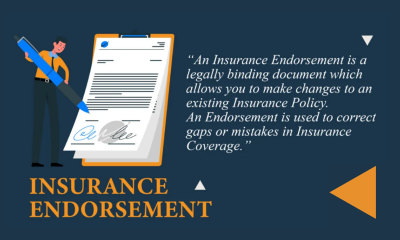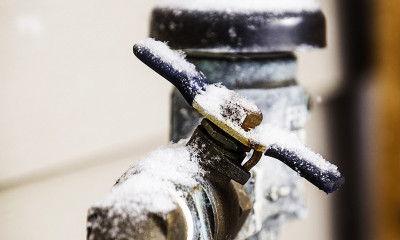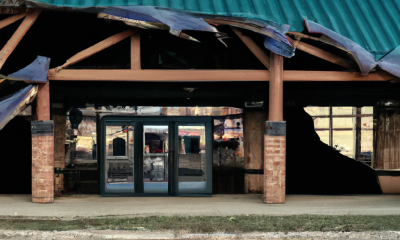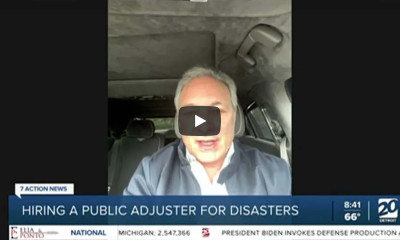When your business or home is damaged, life becomes complicated enough without the additional hassle of pushing for a settlement. However, it often becomes a long, drawn-out process. While it seems unfair, it makes sense; when it’s your property that’s damaged, you’re the one with the most motivation to move things forward. When a settlement hits a roadblock, use these tactics to expedite the process.
Know About Your Policy
When you’ve got an understanding of your property insurance policy, you have the confidence to protect your rights. Every move an insurer makes is based on agreements, conditions, endorsements, exclusions, and policy definitions. These components define what the insurer owes you and what you must do to get what you deserve. If any of the language in your policy documents is unclear, ask your public adjuster for clarification.
Learn About Your Legal Rights
Your state’s consumer laws may give you additional rights, and one of your first steps should be to check the insurance commissioner’s website for information on the Unfair Claim Practices Act. Tell the insurance adjuster that you know your rights and the company’s responsibilities for claims contact, follow-up, and settlement.
Document Everything
As with most things related to insurance, it’s crucial to document everything during the claims process. After protecting your property from additional damage (as stipulated by your policy), it’s time to report the claim. Next, start taking notes and gathering documents. Your consistent knowledge, involvement, and documentation will prove the claim, and when the insurance adjuster denies making a statement, your notes will show who said what. Have a Way to Keep Track of Everything It’s an insurance adjuster’s job to monitor everything, and to level the playing field, you should do the same. Keep receipts and paperwork in a binder and use a computer to keep chronological notes. However, after a power outage or a flood, a notebook is an easy and convenient way to write down the day, time, and date of significant claims activity such as:
- Preliminary and follow-up phone calls to your insurer and contractors
- Conversations with insurance and public adjusters, so you won’t have to pull details from memory
- Contractor receipts and estimates for emergency loss mitigation expenses Receipts for temporary office space or accommodations
- Proof of expenses related to business interruption
Submit Proof of Your Losses
In the insurance industry, “proof of loss” is the documentation needed to substantiate your claim; it’s also a list of the claim’s formal details. Some insurance adjusters provide a form for claimants to fill out and submit, while others ask for proof in the form of repair estimates, property documentation, and receipts. When an insurance or public adjuster asks for proof of loss, be sure to ask exactly what they’re looking for.
Get the Right Kind of Help
Filing a property insurance claim is complex, but it doesn’t have to be a hassle. With help and advocacy from a public adjuster, it’s easier to navigate the process and get the settlement to which you’re entitled.













